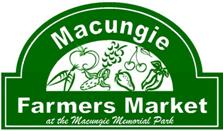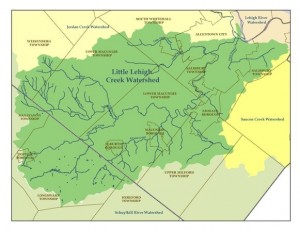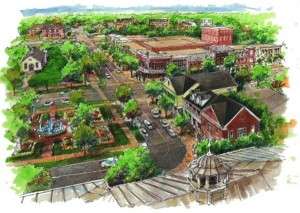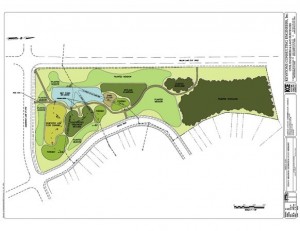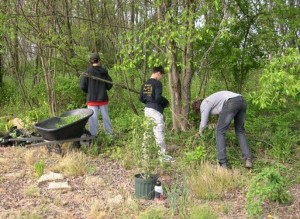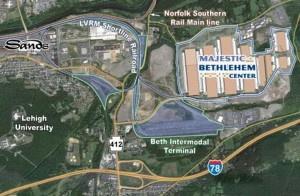The Macungie Farmers Market is closed tomorrow for another car show. On Thursdays I usually try to take a walk over (my work is across the street) in the evening. Even if I don’t buy anything if it’s nice out I still enjoy the stroll and usually bump into someone I know. (though I usually can’t resist and end up buying something… I never regret it.)
I was thinking this morning. Lower Macungie Township currently does not have a farmers market. Other local communities do. Emmaus for one has a great one. No doubt its a great local asset.
I’m guessing but off the top of my head there are 4-5 weeks during the summer when there is no market due to car shows or other events in the park.
Wouldnt it be great if either LMT or Macungie stepped up and proposed a partnership to co-sponsor the market and for LMT to host it on weekends when Macungie Park is not available? The LMT community center is a stones throw away from Memorial Park. I have no idea if this is feasible or if it’s something the farmers market association/borough/township would entertain. But if you’ve read my blog you know I’m a huge supporter of cooperation/sharing of resources between the boroughs of Alburtis, Macungie and LMT. (Regional police dept.) It simply geographically makes a ton of sense.
You could very easily split up the contributions made by each municipality by taking the number of weeks in the summer and dividing by the number of weeks LMT would host the market. LMT could contribute that amount for the weeks it hosts. The amount would be very very small. The market could then have a home during the weeks the park is unavailable and it would benefit from co-marketing. LMT would benefit from the co-branding. FYI Macungie borough’s contribution to the market currently is 5,000 dollars a year. A cost of less then 2 bucks per borough resident. The market also accepts donations in the form of sponsorships by local businesses. Well worth it in my opinion.
Just a thought….
The Macungie Farmers’ Market is a producer/grower market committed to providing locally grown, fresh food; to preserving our agricultural heritage; and to building community. The Market helps support local agriculture by connecting farmers with consumers. This means that you buy directly from the farmers and artisans themselves, not from third parties or re-sellers. Since all vendors are producing these products for you, they can often explain best handling and preparation methods and are always willing to offer FREE advice.

